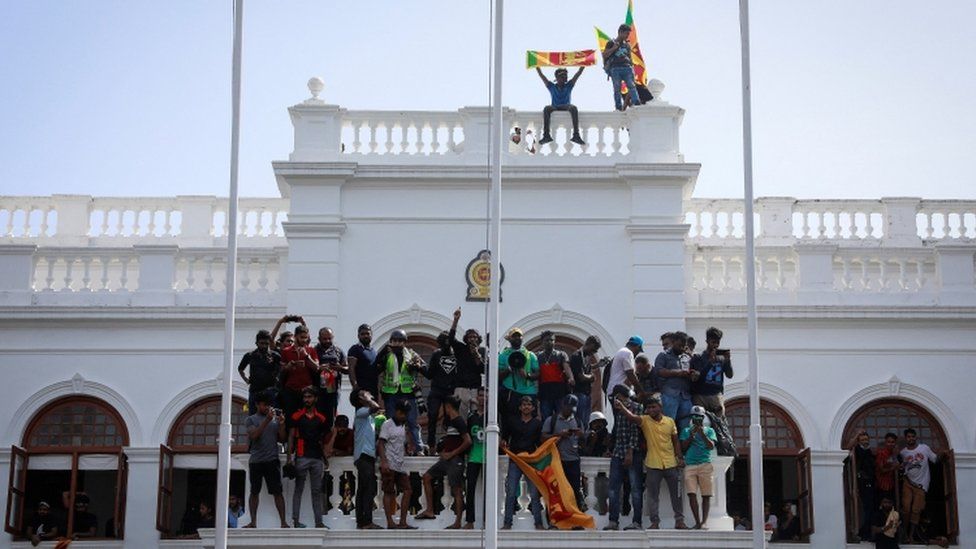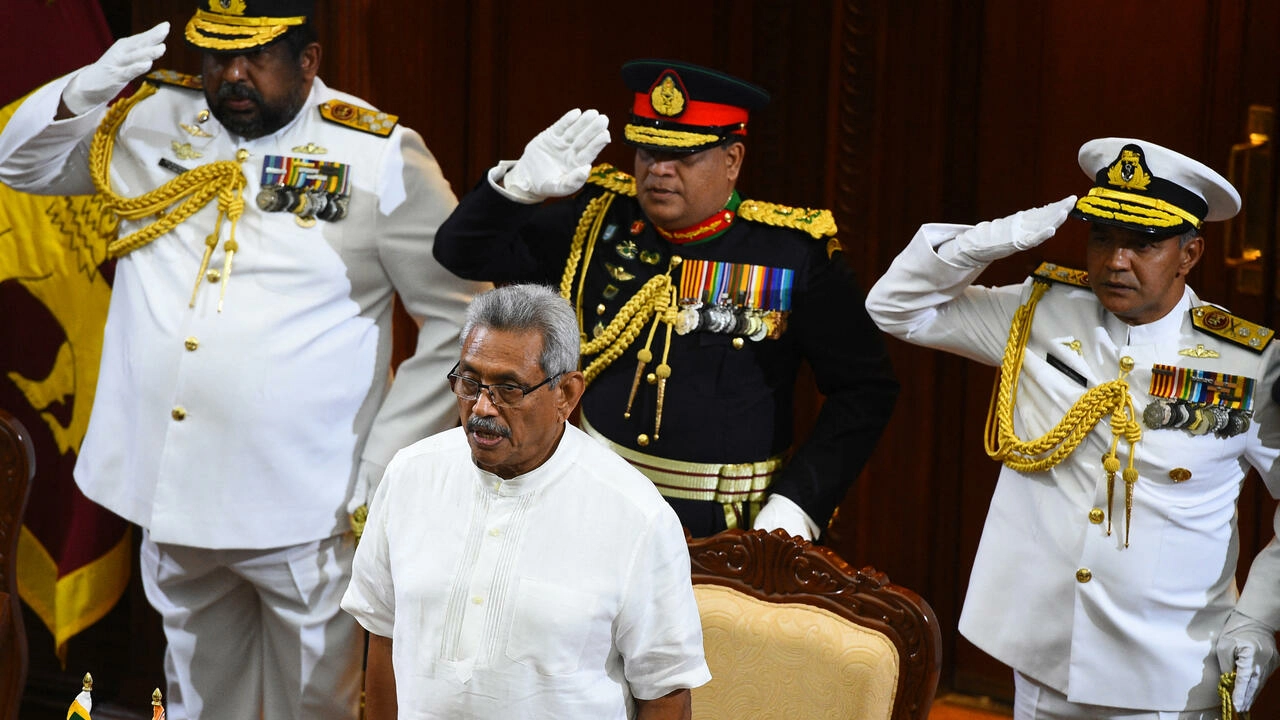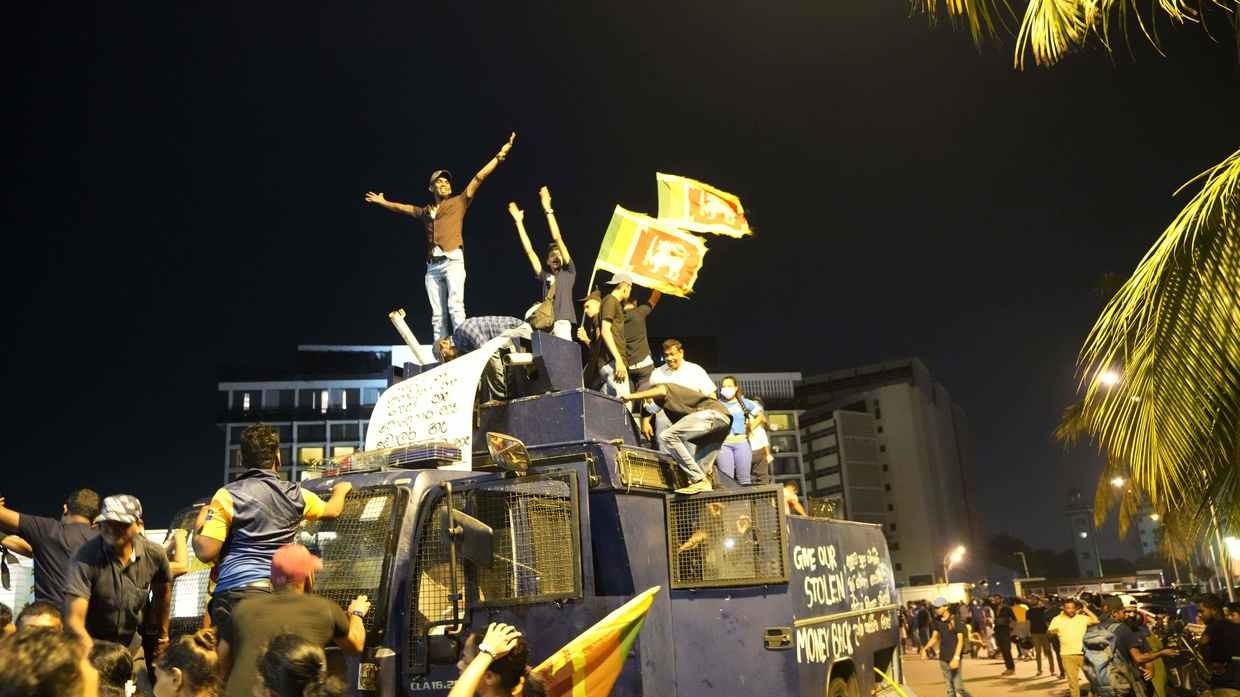
This article is more than
3 year old‘Collapsed’: Sri Lankan Prime Minister declares nation now ‘bankrupt’
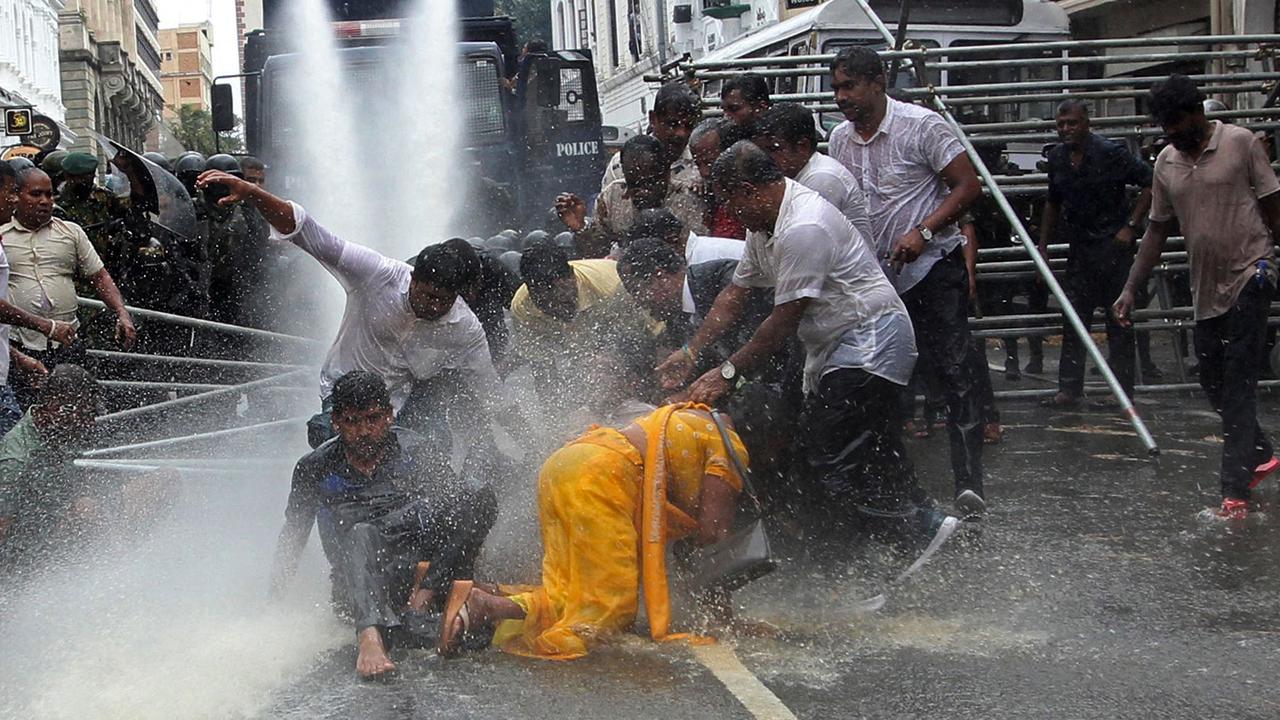
Sri Lanka’s Prime Minister has declared the nation is officially “bankrupt” as it reels from a devastating financial crisis that has seen inflation soar to record highs.
The nation of 22 million has been battling an economic crisis for months, and defaulted on its debts for the first time in May.
The government has since run out of foreign currency to import critical items, with dire shortages of essentials and devastating power cuts fast becoming the norm, with schools closed and employees ordered to work from home.
According to the UN, the situation has grown so dire that around 80 per cent of the population are now forced to regularly miss meals.
On Tuesday, PM Ranil Wickremesinghe spoke out about the country’s “collapsed” economy, telling politicians that bailout negotiations with the International Monetary Fund (IMF) were proving “difficult”.
Sri Lanka plans to present the IMF with a debt restructuring plan by the end of next month in the hopes of being approved for a four-year funding program, but the IMF recently said Sri Lanka needed to do more to rein in inflation and repair its finances before a funding deal could be reached.
“We are now participating in the negotiations as a bankrupt country. Therefore, we have to face a more difficult and complicated situation than previous negotiations,” Mr Wickremesinghe said in parliament.
“Due to the state of bankruptcy our country is in, we have to submit a plan on our debt sustainability to (the IMF) separately.
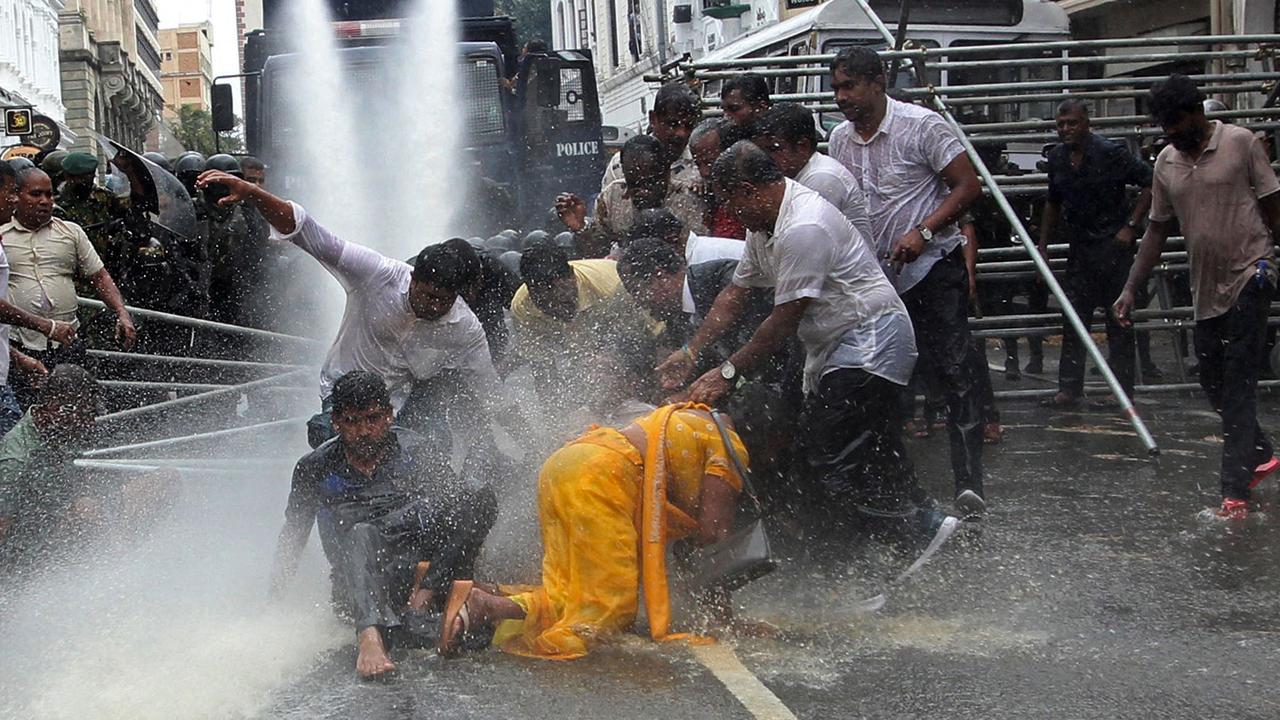
“Only when they are satisfied with that plan can we reach an agreement at the staff level. This is not a straightforward process.”
He said inflation was tipped to rise to 60 per cent by the end of 2022.
“This will be a difficult and bitter journey,” Mr Wickremesinghe said.
“But we can get relief at the end of this journey. Progress can be made.”
His sobering words come amid the worst financial crisis to engulf Sri Lanka in 70 years, with Energy Minister Kanchana Wijesekera announcing over the weekend that petrol reserves had dwindled to just 4000 tonnes, less than a day’s supply.
“The next petrol shipment is expected between the 22nd and 23rd (of July),” Mr Wijesekera said this week.
“We have contacted other suppliers, but we can’t confirm any new supplies before the 22nd.” Last week, Sri Lanka enacted a two-week pause on all fuel sales except for essential services, in order to preserve the limited supplies that remain.
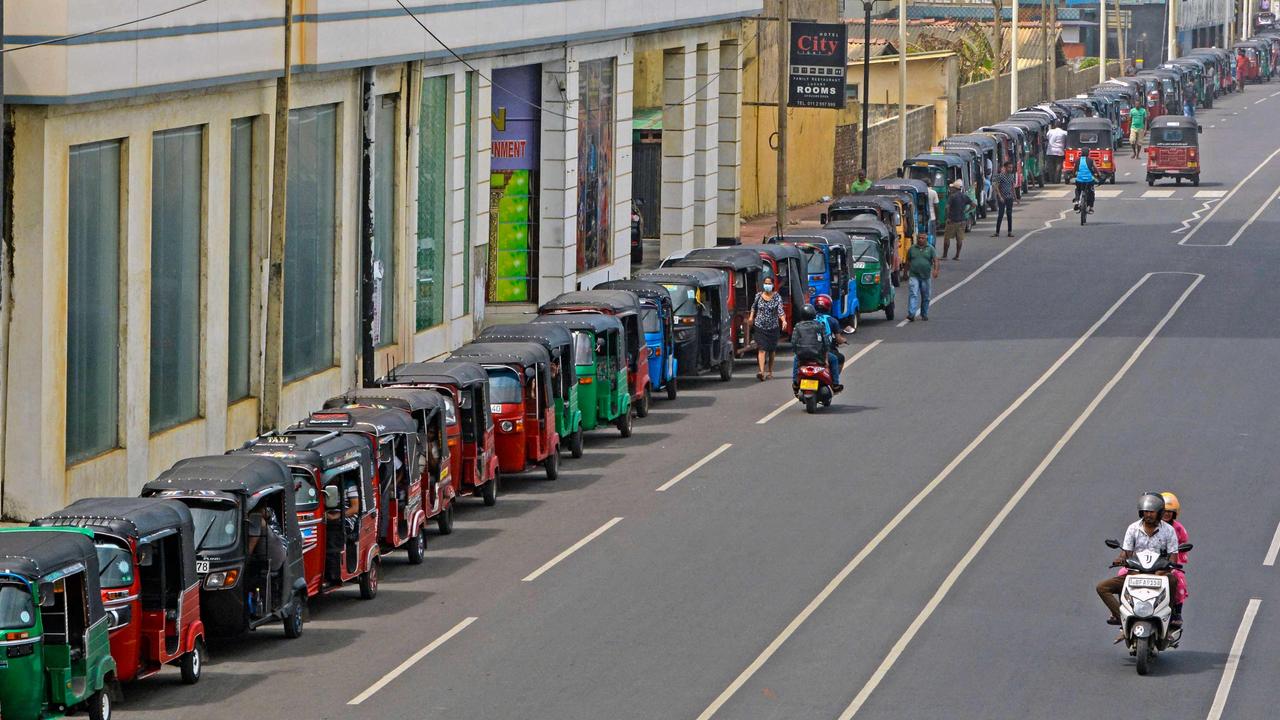
The situation has caused unrest across the country, with protesters taking to the streets to demand the resignation of President Gotabaya Rajapaksa amid accusations of financial mismanagement.
Sri Lanka’s sad downfall
Not too long ago, Sri Lanka was relatively stable with a growing economy and a thriving middle class.
It had also emerged as a tourist mecca in recent years, attracting holiday-makers from across the globe and adding billions to the GDP.
However, it was also a nation marked by years of tragedy, even before the current crisis.
On Easter Sunday 2019, Islamic State terrorists bombed churches and hotels in a brutal attack that left nearly 270 dead and injured at least 500.
Billionaire ASOS boss Anders Holch Povlsen and Anne Storm-Pedersen lost three of their four children in the attack, after the family jetted off to the South Asian nation for an Easter holiday.
The country was also torn apart by the Sri Lankan Civil War, which lasted from 1983 until 2009 and left more than 250,000 civilians and fighters dead.
In the years since the war ended, the nation was also marked by claims of widespread human rights violations.
